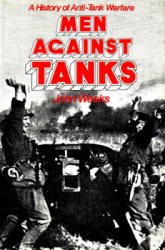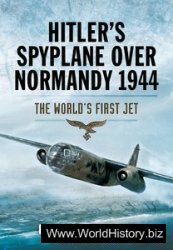WITH APPROXIMATELY HALF OF THE UNITED STATES Fleet based in the Atlantic against the possibility of a submarine war with Hitler, Japan’s combatant strengh as of mid-1941 was greater than that of the nations she was to make her adversaries. Against one hundred and twenty-seven warships of the United States Pacific Fleet (less the few ships, primarily destroyers and submarines, of the widely dispersed Asiatic Fleet) and fifty belonging to our allies, the British Commonwealth and the Netherlands, Japan was able to muster two hundred and thirty combatant ships of every category. In addition to numerical superiority, Japan possessed two other priceless ingredients for starting a war—tactical position and surprise attack. Thus, by noon of “the day that will live in infamy,” the Imperial Japanese Navy held a
Mastery over the - greatest of oceans that would last for the next six months.
There were two United States Navy task forces at sea December 7, 1941. One task force, commanded'by Rear Admiral John Henry Newton in the heavy cruiser Chicago, was formed around the aircraft carrier Lexington and was Midway bound on a search and battle problem; the other, under the redoubtable Vice Admiral William F. Halsey in Enterprise, was secretly steaming toward Wake Island to deliver a cargo of Marine fighter-plane reinforcements. At sea, too, were seven heavy and light cruisers patrolling to the south and south-westward, while the main body of the United States Pacific Fleet, less carriers—eighty-four warships—was based at Pearl Harbor.
The first shot of the war was fired at 6:45 a. m., more than an hour and a quarter after the old, four-stack destroyer Ward had sighted the periscope of a midget submarine operating in a restricted area just outside Pearl Harbor. Ward was under the command of Lieutenant William W. Outerbridge, and she was returning from a night’s patrol when contact was made. By the time Outerbridge had called the warship to General Quarters and had gotten up speed, the strange craft had disapppeared. Ward remained in the area, searching with her sound gear. Seventy-five minutes later surface contact was regained and Outerbridge passed the word to his No. 1 gun, after radioing Pearl Harbor that he intended to attack. (He quite naturally had qualms about firing on an unidentified vessel although under orders to do so since the submarine was in a restricted area.) The first round drove the submarine down. Simultaneously, Ward dropped a string of depth charges over the spot where lookouts had last seen the periscope. Thereafter, Outerbridge informed Pearl Harbor by radio that he had completed his attack.
It was now almost 7 a. m. Japan’s first strike, launched by aircraft carriers Akagi, Hiryu, Kaga, Soryu, Shokaku and Zuikaku in the predawn darkness, was nearing the coast of Oahu.
The story of the epochal attack is here told in three parts, the first by the brilliant journalist, John Toland, whose But Not In Shame, a documented assessment of the first six months of the war in the Pacific, stands as a classic of dramatic reportage.
JOHN TOLAND




 World History
World History









